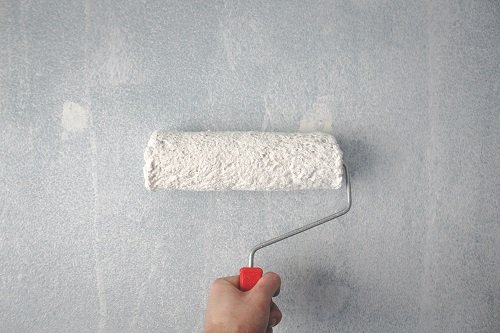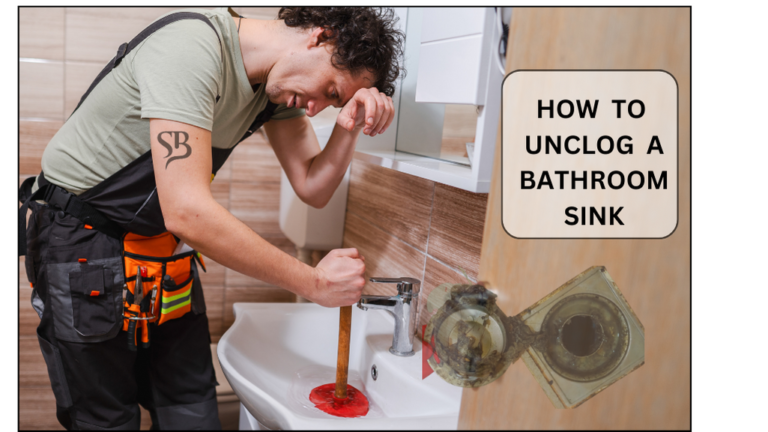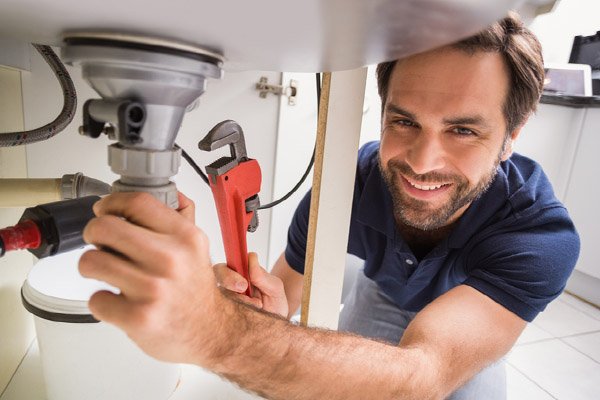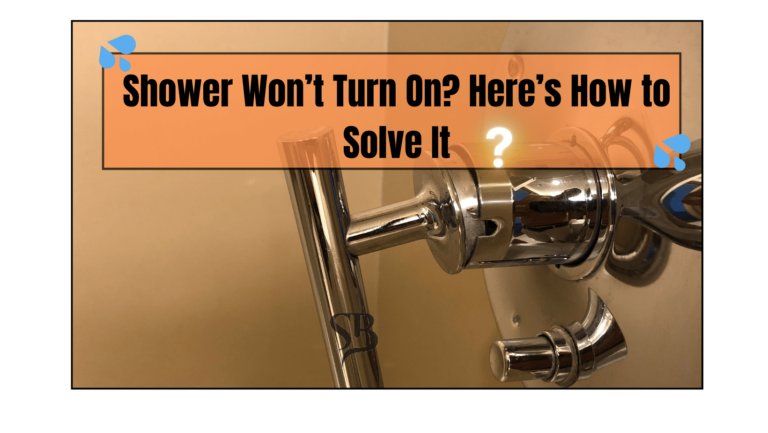Primer is an essential element of any painting project. It is a base coat applied to surfaces before painting to help the paint adhere better and create a smooth and even finish. However, there are times when you may need to leave the primer unpainted, whether it’s due to a delay in the painting process or an unforeseen circumstance. The question then arises: how long can you leave primer unpainted? In this article, we will discuss the various factors that affect the answer to this question.
Factor 1: Type of Primer
The type of primer you use is a significant factor that affects how long you can leave it unpainted. There are different types of primers, including oil-based, water-based, and shellac-based. Oil-based primers take longer to dry than water-based ones, which means they can last longer without being painted.
However, they also tend to yellow over time. Shellac-based primers dry quickly, but they are not as durable as oil-based or water-based ones. Water-based primers dry the fastest, and they are also more resistant to yellowing than oil-based ones. In general, if you use a high-quality primer, you can leave it unpainted for longer without any significant issues.

Factor 2: Temperature and Humidity
Temperature and humidity are critical factors that affect the drying time of primer. If the temperature is too low, the primer will take longer to dry, and if it’s too high, it may dry too quickly, leading to issues with adhesion. Humidity can also affect the drying time of primer.
High humidity levels can cause the primer to take longer to dry and may result in a tacky surface that is difficult to paint. It’s essential to follow the manufacturer’s recommendations for temperature and humidity levels when applying primer and to avoid applying it in extreme conditions.
Factor 3: Surface Preparation
The condition of the surface you are priming can also affect how long you can leave the primer unpainted. If the surface is dirty or oily, the primer may not adhere properly, which can lead to issues with the paint job. It’s essential to clean and prepare the surface thoroughly before applying primer.
This includes removing any dirt, grease, or oil and sanding the surface to create a rough texture that will help the primer adhere better. If the surface is not adequately prepared, the primer may not last as long without paint.

Factor 4: Exposure to UV Light
Exposure to UV light can cause primer to degrade over time, leading to issues with the paint job. If you leave primer unpainted in an area that receives a lot of sunlight, it may begin to break down and lose its adhesive properties.
This can lead to paint peeling or cracking, even if the paint is applied soon after the primer. If you need to leave primer unpainted for an extended period, it’s best to do so in a dark, cool area to minimize the risk of UV exposure.
Factor 5: Quality of the Primer
The quality of the primer you use is also a critical factor that affects how long you can leave it unpainted. Higher quality primers are designed to last longer without paint and have better adhesive properties.
Cheaper primers may not last as long without paint and may not adhere as well, leading to issues with the paint job. It’s essential to use a high-quality primer from a reputable brand to ensure that it will last as long as possible without paint.

How to Protect Primer from Damage
How long you can leave primer unpainted depends on several factors, including the type of primer, temperature and humidity, surface preparation, exposure to UV light, and the quality of the primer. If you use a high-quality primer, prepare the surface properly, and avoid extreme conditions, you can leave primer unpainted for longer without significant issues. However, it’s generally recommended to paint over primer as soon as possible to ensure the best adhesion and durability of the paint job. Leaving primer unpainted for an extended period can increase the risk of issues with the paint job, such as peeling, cracking, or bubbling.
It’s important to note that some primers may have specific instructions regarding the length of time they can be left unpainted. For example, some oil-based primers may recommend painting within 24 hours of application to ensure the best results. It’s essential to follow the manufacturer’s instructions regarding drying time and painting requirements to achieve the best possible outcome.
If you find yourself in a situation where you need to leave primer unpainted for an extended period, there are some steps you can take to minimize the risk of issues with the paint job. First, make sure the surface is properly prepared and clean to ensure the best possible adhesion of the primer. Next, store the surface in a cool, dark area to minimize the risk of UV exposure. Finally, monitor the surface for any signs of degradation or issues with the primer and address them promptly to avoid any further damage.
Summary
How long you can leave primer unpainted depends on various factors, including the type of primer, temperature and humidity, surface preparation, exposure to UV light, and the quality of the primer. While it’s generally recommended to paint over primer as soon as possible, it’s possible to leave primer unpainted for an extended period if the proper precautions are taken. By following the manufacturer’s instructions and taking care of the surface, you can ensure the best possible results for your paint job.







